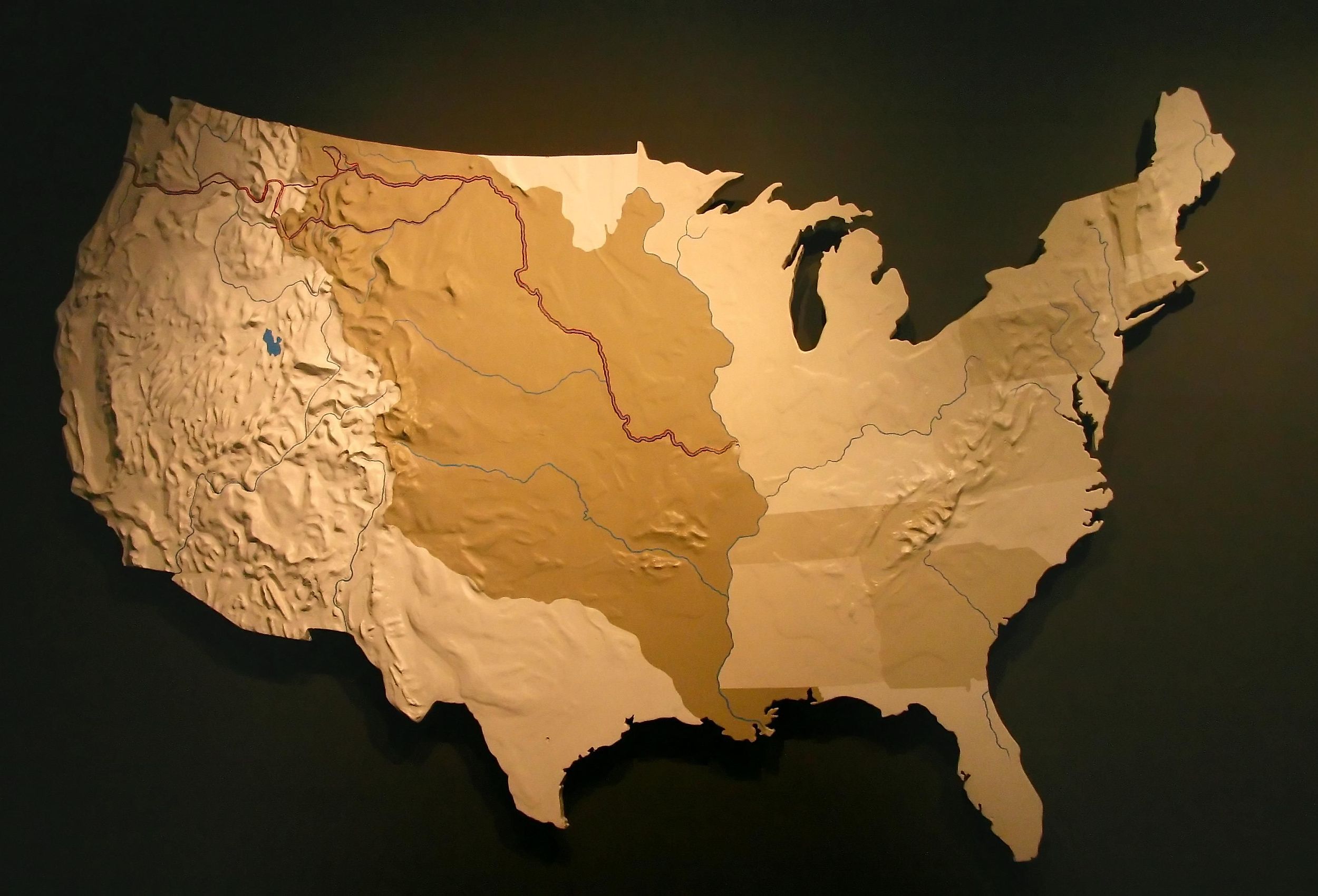
What Was the Louisiana Purchase?
In 1803, the United States of America struck a deal that effectively doubled the size of the young new country. With this deal, the US purchased the exclusive rights to settle a massive area of land west of the Mississippi River. This area, known as the Louisiana Territory, was already inhabited, so the Louisiana Purchase, was the beginning of a long and complicated process leading to the forming of the US as it is today.
Background
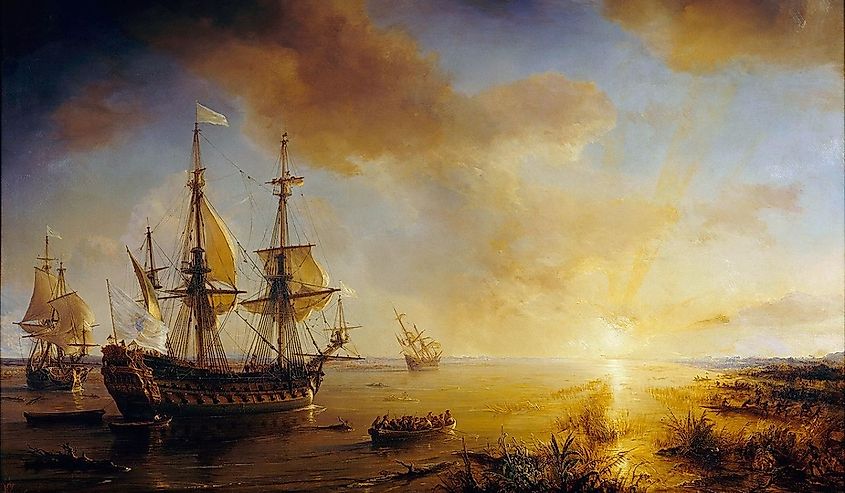
Though sometimes referred to as such, the Louisiana Purchase was not a real estate transaction. That is, the US did not purchase land, but the rights to settle the land. A French explorer had already laid claim to the territory called Louisiana under an idea called the Doctrine of Discovery. This was an agreement among the major Christian countries then colonizing the Americas that whichever of them was first to reach the mouth of a river would be able to claim the rights to the whole area that drained into it.
It was under this legal premise that in 1682 the French explorer Robert Cavelier de La Salle came upon the mouth of the Mississippi River, claimed the large area of the Mississippi Valley, and named it Louisiana for his French king, Louis XIV. He also claimed that the people already living there had consented to this.
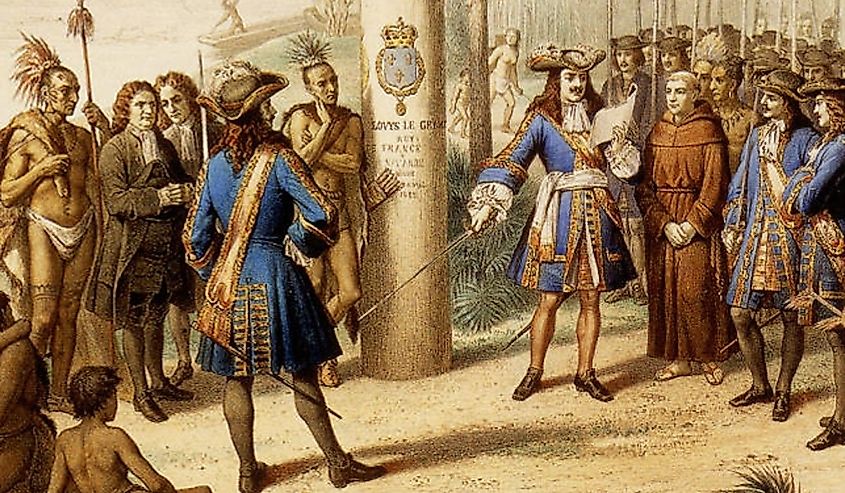
Louisiana was a French territory until 1762 when France had to cede it to Spain due to the Seven Years' War. Over the years, Spain reached deals with the Indigenous nations living there. Previously enslaved Indigenous people were eventually freed, though they had to remain on tribal land, and some nations, like the Choctaw, were prospering.
But, in 1800, everything started to change. The French Republic under Napoleon Bonapart made a secret deal with the Spanish Empire to regain control of New Orleans and the mouth of the Mississippi River. At the time, Napoleon wanted to expand his empire in the West Indies and the Mississippi Valley.
Rumors of this deal alarmed the US government under Thomas Jefferson. The Mississippi River and New Orleans were both essential to the young country for shipping goods in and out, so any changes in power could greatly affect the economy. The greatest fear was that Napoleon would close the river completely to the US. To prevent the deal, or to possibly purchase New Orleans for the US, Jefferson sent Robert Livingston as his representative to France.
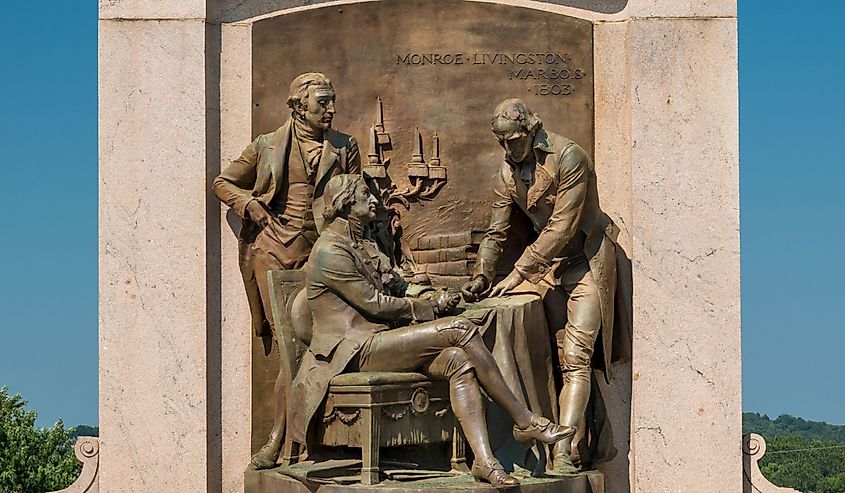
Though France initially denied the deal with Spain even existed, the details were eventually made public. By then, circumstances had changed for Napoleon. The French Army trying to take back control of Santo Domingo (now the Republic of Haiti) from Toussaint L’Ouverture, had experienced terrible losses from war and Yellow Fever combined. Relations with Great Britain were deteriorating and another war seemed inevitable. Napoleon was running out of money and resources.
It stunned US negotiators when Napoleon's representative countered their offer to purchase New Orleans with the chance to acquire the entire Louisiana Territory. This is the deal that became called the Louisiana Purchase.
Details of the Deal
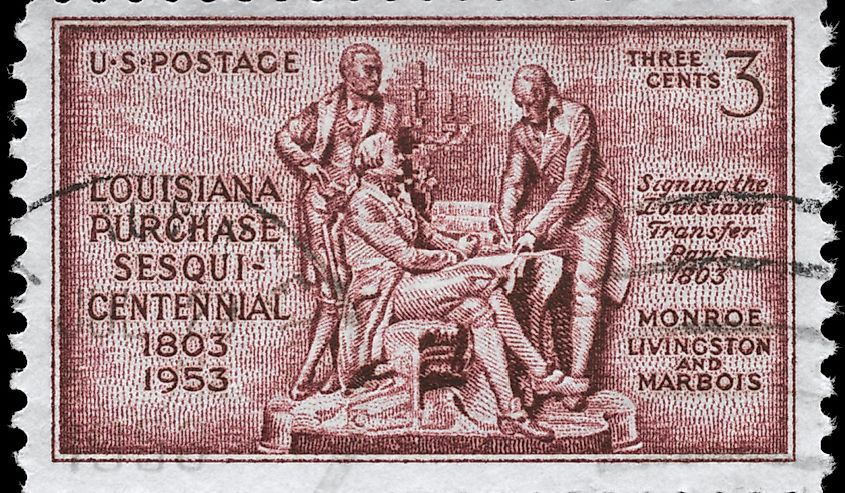
The signing of the Louisiana Purchase occurred in the spring of 1803. The US agreed to pay $15 million (over $300 million today) for France’s claim to the entire area west of the Mississippi River, which doubled the land area of the US. In the agreement, the description of the territory’s boundaries was deliberately vague, as these countries had not yet explored or mapped them, but included roughly the land west of the Mississippi River to the Rocky Mountains, and from the Gulf of Mexico to British America (now Canada). However, the exact boundaries were not agreed upon until 1819.
Considering they would have offered $10 million for New Orleans, and the area discussed was larger than Great Britain, France, Germany, Italy, Spain, and Portugal combined, the US felt this was a very favorable turn of events for them. This deal gave the US the exclusive right among the colonizing powers to settle the western side of the Mississippi, which was already inhabited by an estimated 50,000-100,000 people, most of whom were members of Indigenous nations. As such, the deal outlined existing deals between Spain and these nations.
"The United States promise to execute Such treaties and articles as may have been agreed between Spain and the tribes and nations of Indians until by mutual consent of the United States and the said tribes or nations other Suitable articles Shall have been agreed upon."
Results
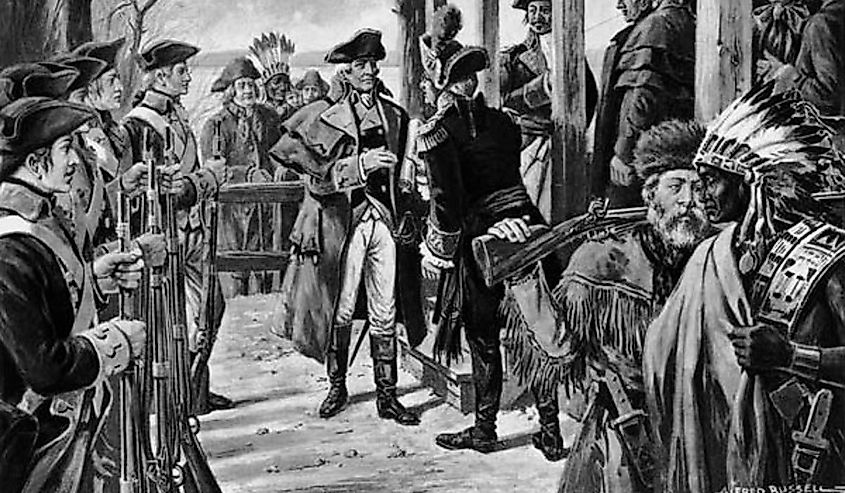
Despite the language acknowledging the importance of existing treaties, the Louisiana Purchase marked the beginning of a new era of treaty processes that in some ways is still not resolved.
Thousands of people were already living in the Louisiana Territory, including Indigenous people, white settlers, free Black people, and slaves. However, the population of the US in the east was growing, so from 1830 to 1840 the government employed a policy of forcible displacement. By the 1840s, the violent conflict in the Plains was continuous, but displacements were occurring on both sides of the Mississippi River. Some nations were moved onto reserves on undesirable land, into other states, or across the Mississippi into the new territory. Those, like the Choctaw, who had ancestral homes in the west, were pushed off of them and farther west, or marginalized geographically and economically.
The New States
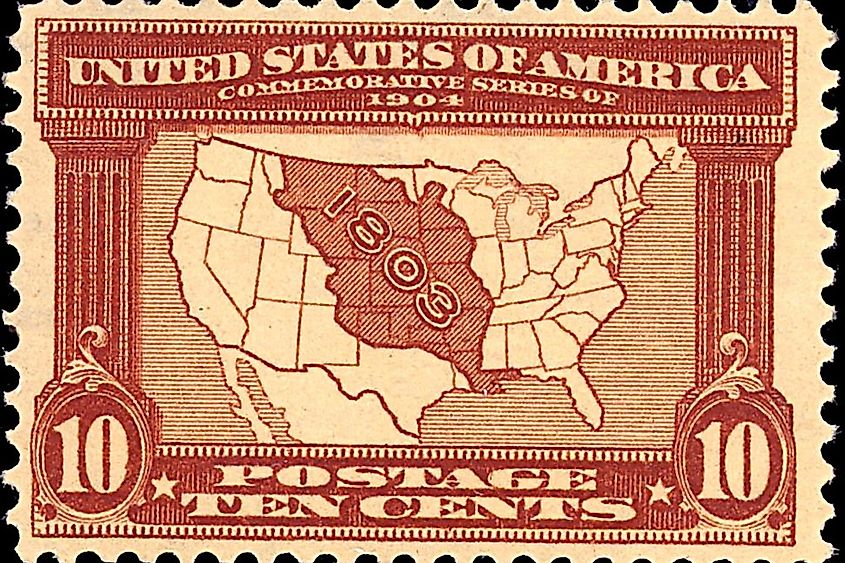
What was the territory of Louisiana in 1803 are now the current states of Arkansas, Iowa, Louisiana, Missouri, Nebraska, North Dakota, Oklahoma, and South Dakota, as well as parts of Kansas, Colorado, Wyoming, Montana, and Minnesota.
In addition to the era of removal for Indigenous nations, the creation of these new states exposed and increased tensions within the US between North and South, especially regarding slavery, which was still practiced in the South. Though negotiations occurred, these tensions would eventually boil over, contributing to the American Civil War.
The Louisiana Purchase of 1803 was a pivotal moment in the history of both the United States and the great colonial powers of the time. It was also the culmination of the preceding centuries of exploration, colonization, and exploitation of the New World by European powers. The formation of the US began a massive change for all those who already lived within its borders and laid the groundwork for issues the country is still grappling with today.











